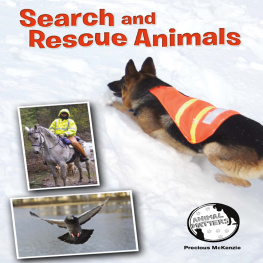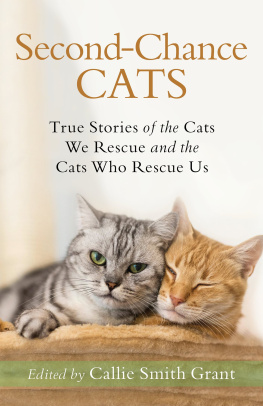Table of Contents
Guide
Rescue and Shelter Cats

Alex Summers

rourkeeducationalmedia.com | 
Scan for Related Titles
and Teacher Resources |
Before & After
Reading Activities | Level: LWord Count: 100th word: of |
Before Reading:
Building Academic Vocabulary and Background Knowledge
Before reading a book, it is important to tap into what your child or students already know about the topic. This will help them develop their vocabulary, increase their reading comprehension, and make connections across the curriculum.
1.Look at the cover of the book. What will this book be about?
2.What do you already know about the topic?
3.Lets study the Table of Contents. What will you learn about in the books chapters?
4.What would you like to learn about this topic? Do you think you might learn about it from this book? Why or why not?
5.Use a reading journal to write about your knowledge of this topic. Record what you already know about the topic and what you hope to learn about the topic.
6.Read the book.
7.In your reading journal, record what you learned about the topic and your response to the book.
8.After reading the book complete the activities below.
Content Area Vocabulary
Read the list. What do these words mean?
adopted
commitment
euthanized
goal
interaction
litters
neutering
promote
spaying
After Reading:
Comprehension and Extension Activity
After reading the book, work on the following questions with your child or students in order to check their level of reading comprehension and content mastery.
1.What is the goal of all rescue organizations and animal shelters? (Summarize)
2.What is the difference between a stray cat and a feral cat? (Asking questions)
3.In what ways are cats a great fit for families? (Text to self connection)
4.What are some reasons animal shelters have an application process to adopt a cat? (Summarize)
5.Why does the U.S. have such a high cat population compared to other countries? (Asking questions)
Extension Activity
The United States has one of the highest cat populations in the world. One cause of this population explosion is because owners do not always spay or neuter their cat. Research the cost and importance of spaying or neutering cats. Look up the statistics on the number of kittens born to female cats. Create a visual presentation displaying the importance of spaying or neutering cats to your family or classmates.
Chapter 1
What is a Cat Rescue?
A cat rescue is a facility that takes in unwanted, abused, or neglected cats and dedicates themselves to finding suitable homes for them.
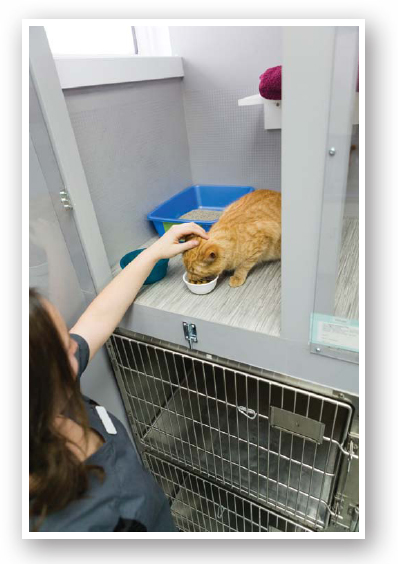
Rescue workers go above and beyond the call of duty to ensure the safety of these unprotected animals.
There are probably many cat rescue organizations in your city or town. Cat rescues are nokill facilities. This means the cats or kittens will be taken care of by fosters until they are , or put to sleep.
Some cat rescues focus on special needs cats that are blind, deaf, or have other physical problems that may require just the right person to adopt them.
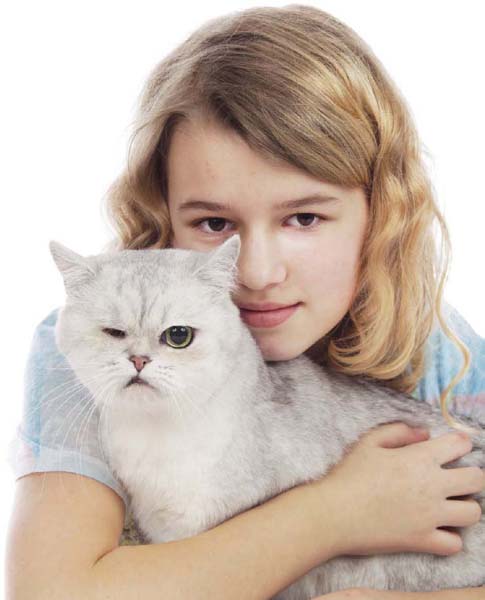
It takes just the right person to care for a special needs cat but the love they can provide is worth the extra effort.
FURRY FACT
It is estimated that nearly 74-96 million cats are owned in the United States and 30-37 percent of all households have a cat.

Some fosters may take care of many cats at one time. This requires a person with a love and dedication for these animals in need.
Rescue organizations have fosters who take care of the needs of the cats while under their care, including litter training, feeding, veterinary visits, and setting up meetings with potential people looking to adopt them.
When cats or kittens are rescued, they are taken to a veterinarian to make sure they are not suffering from any diseases and to see if they have been spayed or neutered. Vets also check the cats for a microchip so if they have an owner they can be notified.
A stray cat is a pet who has been lost or abandoned, is used to contact with people, and is tame enough to be adopted. A feral cat is the offspring of stray or feral cats and is not accustomed to human contact. Feral cats are usually too fearful to be handled or adopted.
FURRY FACT
The average number of a fertile cat produces is one to two a year. Each litter averages four to six kittens. It is impossible to determine how many stray and feral cats live in the United States. Estimates range up to 70 million.

Stray cats can carry many diseases, such as distemper, upper respiratory disease, and rabies. Vaccinating is a way to prevent spreading these diseases to other animals they may come in contact with.
Chapter 2
What is a Cat Shelter?
A cat shelter and a rescue are different in a number of ways. Shelters house stray or unwanted cats in the hope they can find homes for them. However, due to overcrowding some of these animals are euthanized and are never adopted.
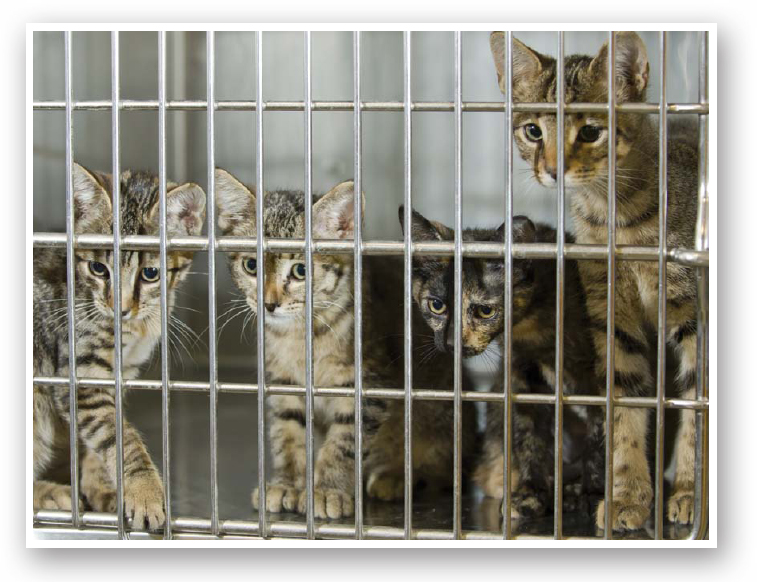
Although shelters must cage cats a majority of the time to conserve space, cats are so inquisitive by nature that they enjoy a little playtime or interaction with other cats.
After as little as two weeks in a traditional shelter, cats can begin to deteriorate and become withdrawn, depressed, anxious, or aggressive. If adopted, animals who have been confined for extended periods are often returned because of behavioral issues. This is just one of the many reasons over-population and overcrowding in shelters is such a problem.
FURRY FACT
There are about 13,600 community animal shelters nationwide that are independent. There is no national organization monitoring these shelters. The terms Humane Society and SPCA are generic. Shelters using those names are not part of the American Society for the Prevention of Cruelty to Animals (ASPCA), or the Humane Society of the United States.




